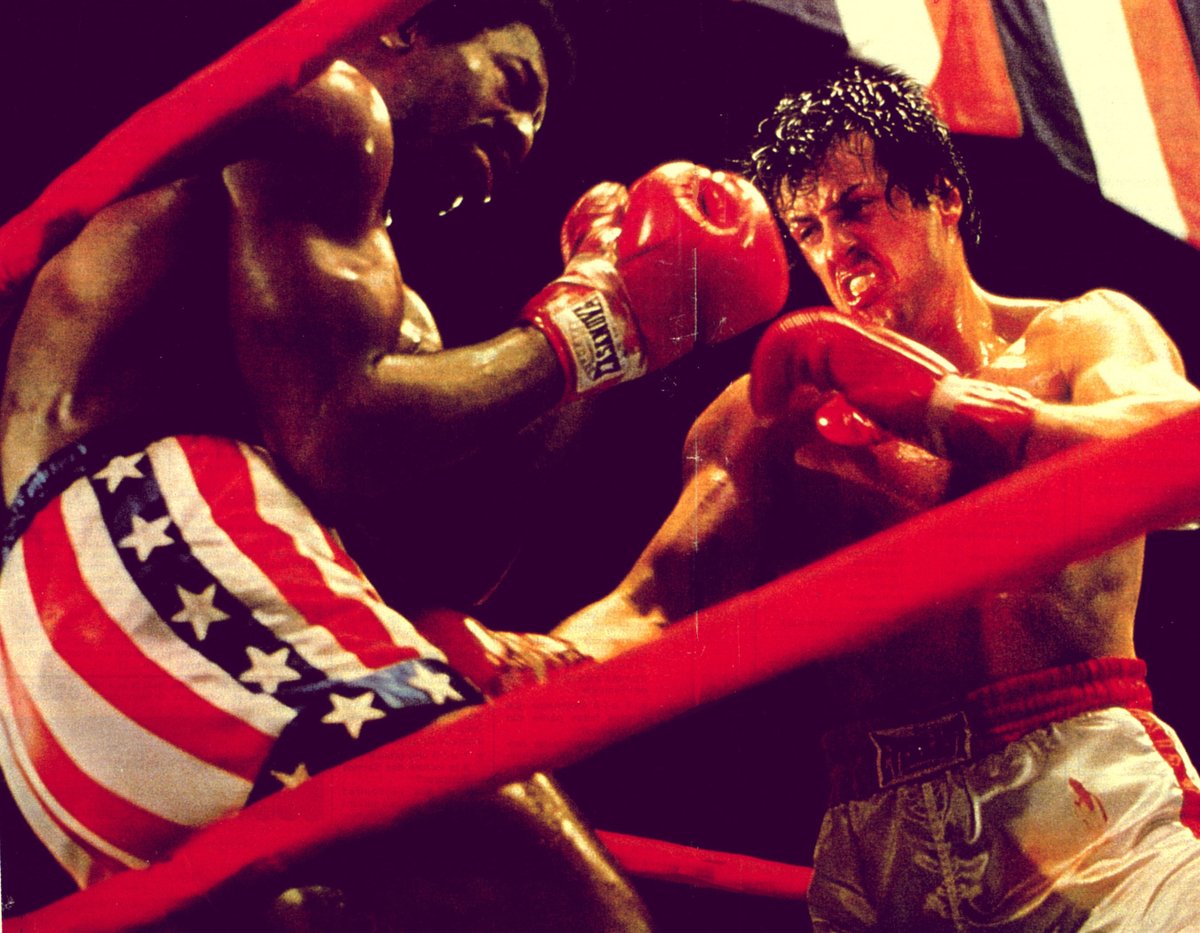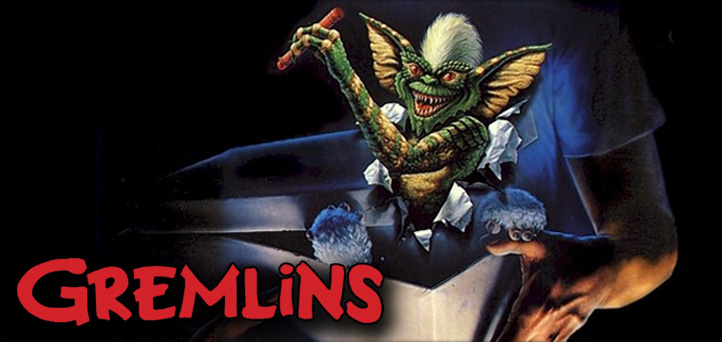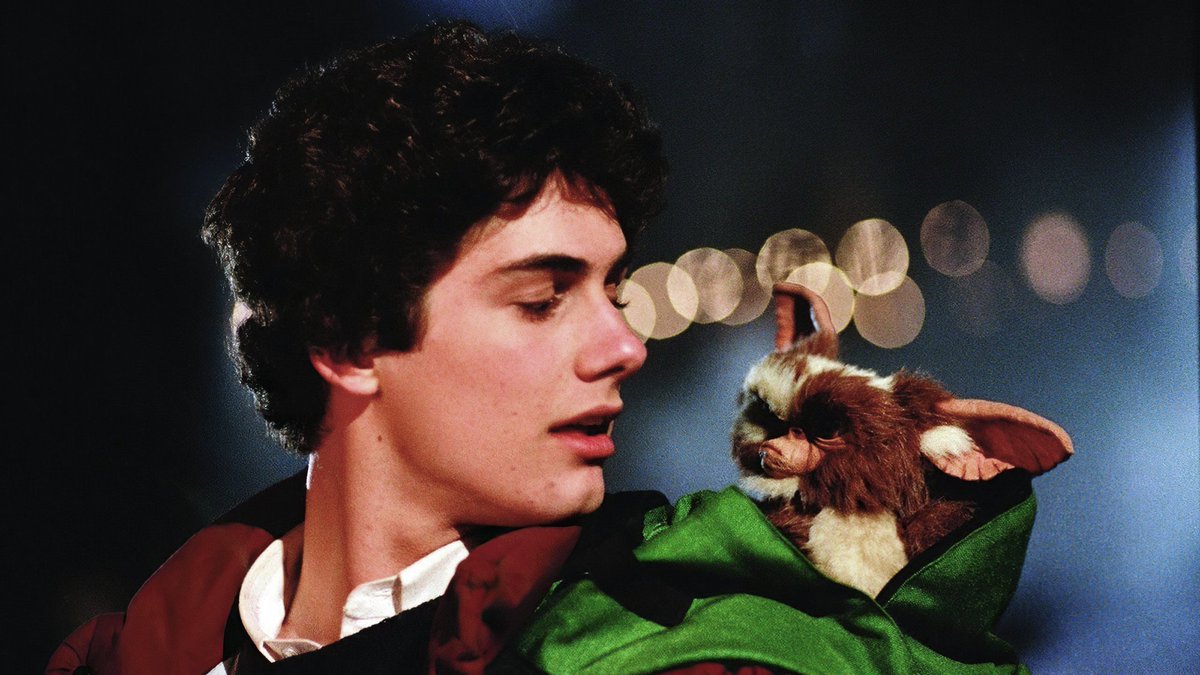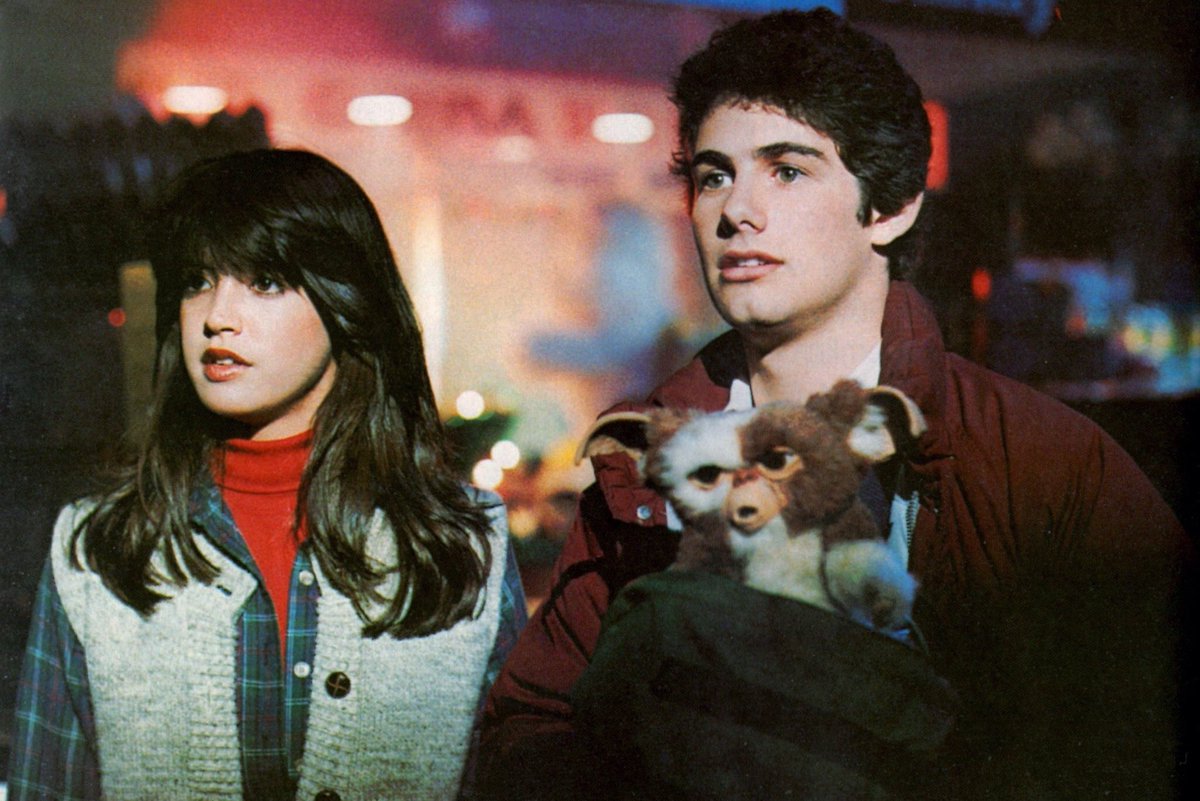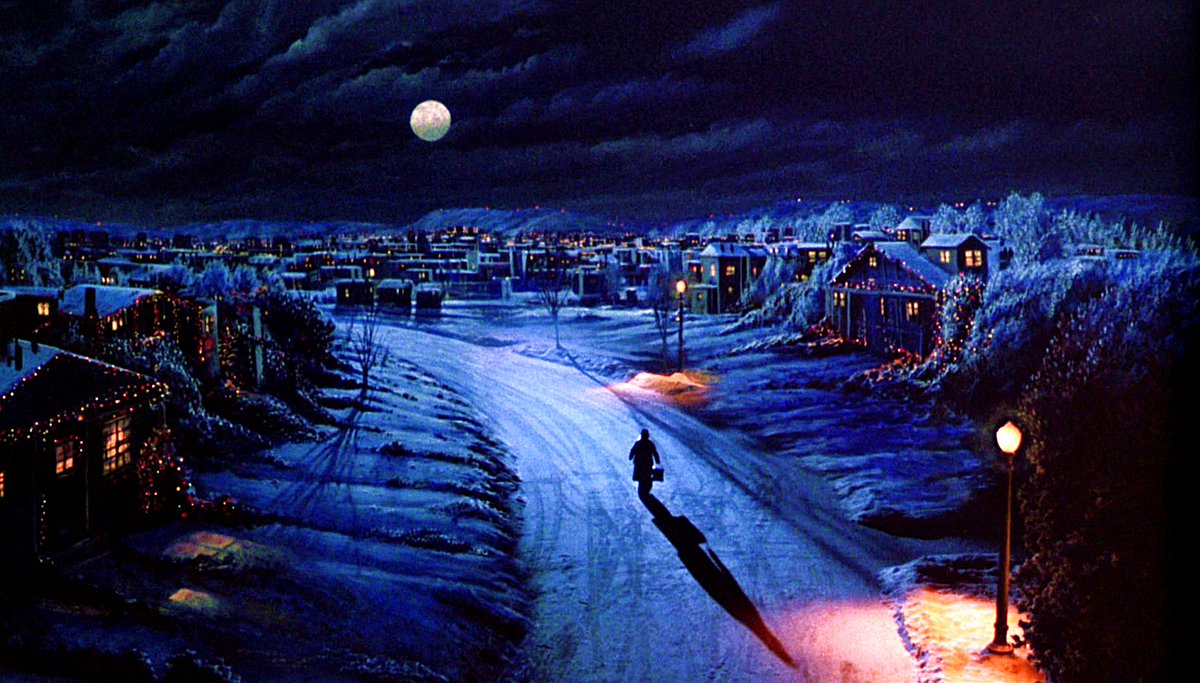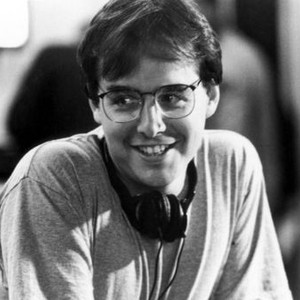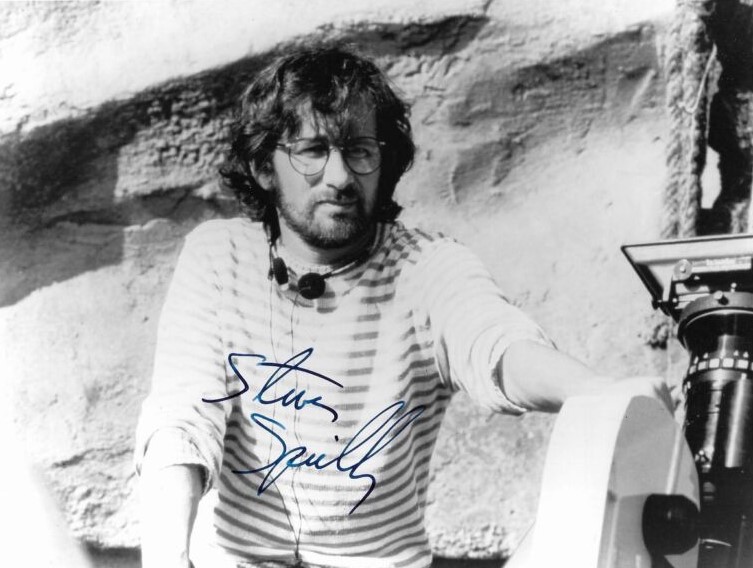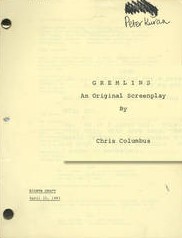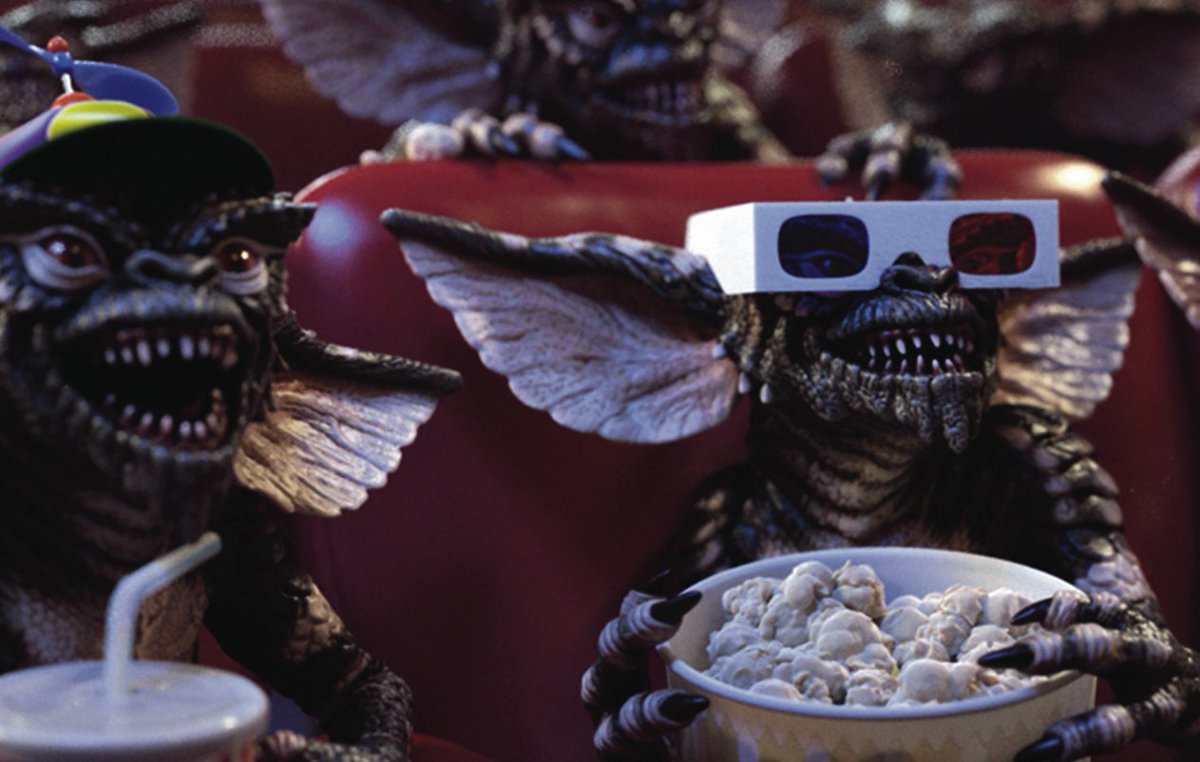LOTR: THE FELLOWSHIP OF THE RING was released 23 years ago this week. An adaptation of Tolkien’s classic novel, and the first entry in Peter Jackson’s The Lord of the Rings trilogy, the story of how it was made is proof that one does not simply walk into Mordor…
1/76



1/76




In 1937, J.R.R. Tolkien’s first Middle-earth set fantasy novel The Hobbit was published. It quickly became a classic and Tolkin followed it up in 1954/55 with The Lord of the Rings trilogy. Long before Peter Jackson, Hollywood had been looking to adapt them.
2/76

2/76


Disney were interested in animating The Hobbit in the 1930s, and then The Lord of the Rings in the 1950s, but neither project developed far. Disney said Tolkien’s work was too serious and too violent, and Tolkien said he had a “heartfelt loathing” for Disney films.
3/76
3/76

There were others interested in animated adaptations. In the ‘50s, producer Al Brodax tried to get the rights. Forrest J. Ackerman had a treatment produced, which Tolkien hated. And in the ‘60s, Rembrandt Films produced a 12-minute animation of The Hobbit.
4/76

4/76


In 1969, United Artists bought the LOTR rights. They apparently wanted to make The Lord of the Rings starring The Beatles as the four Hobbits, Twiggy as Galadriel, and directed by Stanley Kubrick. Kubrick said it was “unfilmable.”
5/76


5/76



John Boorman was then brought in by UA to direct. He wanted Al Pacino as Frodo Baggins. And in Boorman’s script, Sauron is described as looking like Mick Jagger. And Frodo had sex with elven royalty, Galadriel.
6/76


6/76



In the 1970s, Rankin and Bass produced The Hobbit as an animation. And, probably the second most famous adaptation of The Lord of the Rings came in 1978 – Ralph Bakshi’s animated version.
7/76



7/76




In the 1980s, George Lucas tried to get the rights to The Hobbit, reportedly for Steven Spielberg to direct. He failed, which led to him making Willow with Ron Howard instead.
8/76

8/76


Things went quiet until Peter Jackson came on the scene in the 1990s with New Line Cinema. Before New Line though, the LOTR film rights were owned by Miramax; the production company of Harvey Weinstein, with Jackson mooted to direct.
9/76

9/76


Weinstein wanted to adapt Tolkien’s trilogy into two movies. There were a lot of fallouts with Jackson and at one point Weinstein reportedly threatened to replace Jackson as director with Quentin Tarantino.
10/76
10/76

Miramax spent $14m developing the project but, with costs escalating, allowed Jackson to shop the idea to other studios. On meeting with New Line, their CEO, Robert Shaye, told Jackson he should be making three movies, not two, and agreed to finance them for $300m.
11/76

11/76


Jackson set about adapting the novels into screenplays with co-writers Fran Walsh (also his romantic partner) and Philippa Boyens. A fourth writer – Stephen Sinclair – also has a credit after working on the Miramax versions of the script.
12/76


12/76



The lead character is Frodo Baggins, a Hobbit tasked with taking the One Ring to Mordor to destroy it. Jackson auditioned a reported 150 young actors, including Jake Gyllenhaal, who hadn’t realised he had to read in a British accent and called it “the worst audition.”
13/76
13/76

Elijah Wood had been a 1990s child star in Hollywood and created an audition video for Jackson. In it, Wood dressed like a Hobbit and read from Tolkien’s original text. After a thorough testing process, Wood was cast as Frodo.
14/76

14/76


Frodo’s mentor figure is Gandalf, the wise wizard. Jackson wanted Sean Connery to play the role. Connery was offered a reported $10m plus 15% of the back end (which would’ve been $400m) but turned it down. He said he didn’t understand the script.
15/76
15/76

Jackson also considered Patrick McGoohan in the role, but he was suffering health issues at the time. Sam Neill was reported to turn the role down, while Patrick Stewart said he didn’t like the script.
16/76


16/76



Jackson then turned to Ian McKellen to play Gandalf. McKellen hadn’t read the novels but said Jackson’s enthusiasm won him over. He was cast and later said he based his accent in the film on that of J.R.R. Tolkien.
17/76

17/76


Jackson's first two choices to play the mysterious Strider/Aragorn were Daniel Day-Lewis and Russell Crowe. Day-Lewis wasn’t interested and Crowe also said no, either as he had other commitments or because he thought the part too similar to his role in Gladiator.
18/76

18/76


Nicolas cage was offered the role, but also turned it down due to “family obligations”. Finally, Jackson found his man, casting Irish actor Stuart Townsend as Aragorn.
19/76

19/76


Townsend trained for 2 months but was fired when filming began. Reportedly, Jackson realised he wanted somebody older than Townsend’s 27 years to play the part. Townsend later said "I have no good feelings for those people in charge.”
20/76
20/76

Executive Producer Mark Ordesky had recently seen American actor Viggo Mortensen in a play. With the role of Aragorn open, he recommended Mortensen to Jackson, who agreed. Mortensen said his son loved Tolkien’s books and pushed him to accept the role.
21/76

21/76


Mortensen joined production late so had emergency fencing lessons. He also insisted on using a steel sword rather than a rubber one, and carried it with him when not filming, so he could stay in character. He said he was stopped several times by police.
22/76
22/76

The sword trainer, Bob Anderson called Mortensen “the best I’ve trained.” Mortensen also did his own stunts and, being fluent in English, Spanish, and Danish, asked that the script be changed to let Aragorn speak more of his lines in Elvish.
23/76

23/76


Some of the other Hobbit actors were deemed too skinny. Sean Astin gained thirty pounds for his role as Samwise Gamgee, and Dominic Monaghan (Meriadoc Brandybuck) wore a fat suit made of foam during filming.
24/76


24/76



In making up the rest of the Fellowship, Sean Bean was cast as warrior of Gondor, Boromir. With much of the film filmed atop mountains, the cast would be taken by helicopter. Bean was afraid of flying though, so would often walk 2-hours to get to the location.
25/76

25/76


Orlando Bloom originally auditioned for the part of Faramir, Boromir’s brother. When he was called back though, he was asked to play the bigger role of Elven bow master, Legolas. Bloom was cast two days before finishing drama school.
26/76

26/76


Bloom also did most of his own stunts, at one point breaking a rib in the process. He also spent two months learning how to fire a bow and wore contact lenses to change his eye colour from brown to blue.
27/76

27/76


Warwick Davis, Timothy Spall, and Robert Trebor all reportedly auditioned for the role of noble dwarf, Gimli. John Rhys-Davies was ultimately cast and, despite Gimli being 4’6”, Rhys-Davies was the tallest of the Fellowship cast at 6’1”.
28/76



28/76




After filming, eight of the nine cast members of the Fellowship got a tattoo of the word "nine" written in Elvish. John Rhys-Davies declined, and apparently sent his stunt double in his place.
29/76

29/76


One of the villains is Saruman the White, another wizard. Jackson considered Tim Curry, Jeremy Irons, and Malcolm McDowell in the part, but his first choice was always Christopher Lee, who signed on immediately.
30/76



30/76




Lee was a huge fan of Tolkien’s trilogy and said he always read it once each year until his death in 2015. He was also the only member of the cast and crew ever to have met Tolkien, having ran into him in an Oxford bar many years earlier.
31/76

31/76


Every actor and actress in the film movie wore a wig, but Peter Jackson’s son, Billy, was an exception. We see him as a Hobbit listening intently to Bilbo Baggins’ (Ian Holm) story, with big, curly hair atop his head. Jackson’s daughter Katie is the other Hobbit…
32/76
32/76

Tolkien’s original texts are enormous so, even across a trilogy of 3-hour movies, the writers had to leave some parts out. The most significant character we don’t see is Tom Bombadil, who shows up in the books to save Frodo and Sam from a sentient willow tree.
33/76
33/76

The two most well-known Tolkien artists are Alan Lee and John Howe, and Jackson hired them as concept artists for the film. He sent Lee a letter, and called Howe by telephone. Both men accepted without hesitation.
34/76



34/76




Lee has a cameo in the film too – he plays one of the nine Kings of men we see early on. Howe is not in the movie but, with his reputation as a master of Orc illustrations, was tasked with designing the Moria Orcs himself.
35/76

35/76


As Director of Photography, Jackson hired Andrew Lesnie, having been impressed with his ability to create a magical atmosphere through lighting in Babe. Lesnie and Jackson prepared for a year ahead of production, and Lesnie won an Oscar for his work on the film.
36/76

36/76


Jackson’s first choice to compose the music for the film was James Horner, but he was already committed to A Beautiful Mind. Jackson instead turned to Howard Shore, mostly known for dark thrillers, and he too won an Oscar for the film.
37/76

37/76


Shore said he took inspiration from classical German composer Richard Wagner in creating the LOTR score, especially his four-opera cycle The Ring of the Nibelung. Shore worked on the film for 2 years, way longer than a composer would normally be involved.
38/76

38/76


Shore and Jackson also brought Irish singer-songwriter Enya into the film. She wrote May It Be and Aniron with her collaborator Roma Ryan, a lyricist who wrote the lyrics in Elvish.
39/76

39/76


Costume designer Ngila Dickson and her team created over 19,000 costumes across the trilogy. She said she would follow Tolkien’s original descriptions to the letter and fill the blanks by taking inspiration from Norse mythology and other Earth cultures.
40/76



40/76




The LOTR crew was over 3,000 people, about 300 being in the art department alone. The One Ring design was based on the wedding ring of producer Rick Porras, and created (at various sizes) by a ringmaker Jens Hansen.
41/76


41/76



The many visual effects for the film were created by Jackson’s own Weta Workshop, having used them on Heavenly Creatures. They created a huge amount of props and practical effects – 48,000 in total, including 3600 Hobbit feet and 3200 ears.
42/76



42/76




Three techniques were used to make the Hobbit actors appear 3’6” on screen. Some scenes were shot forced perspective, where an actor stands further away from the camera and with some clever set design, they appear smaller rather than in the distance.
43/76

43/76


On other occasions, doubles were used and the Hobbit across would be replaced by smaller actors with their faces hidden. And in some instances, digital effects were used; actors were shot against a green screen, and the Hobbits simply reduced in size digitally.
44/76

44/76


Weta Workshop also created 58 miniatures, some of which were so large they were nicknamed “bigatures.” Rivendell, The Argonath and Moria were all models, and the Lothlorien miniature included 26ft high trees.
45/76



45/76




The Weta Workshop team show up in the film too. The Orc blacksmiths we see below Isengard (another miniature) were played by the Weta crew.
46/76
46/76

The digital effects team were Weta Digital, also co-owned by Jackson. A computer program called MASSIVE was created for the film which would allow for armies of thousands to be created. It gave the ability to view the battle from the POV of a specific warrior too.
47/76



47/76




The Elvish language dialogue in the film aren’t just taken from the books. They were often written in English then translated into Tolkien’s created Elvish language. And dialect coach Andrew Jack had studied Tolkien and helped the cast with pronunciations.
48/76

48/76


All three films were shot in one epic production stage that lasted approx. 15 months, starting in 1999. Filming took place in Jackson’s home country of New Zealand and it’s been estimated that the movies pumped over $200m into the New Zealand economy.
49/76

49/76


Jackson had begun pre-production in 1997, during which time he storyboarded the entire trilogy and the Weta effects team began creating the props and miniatures for the films.
50/76
50/76

With production being so massive, there would often be 7 camera units shooting at once in different locations. Jackson said when he was sent dailies, he’d often have 4 hours of footage to review.
51/76

51/76


Originally, the film opened with a history of Middle-earth prologue but it was so long, Jackson replaced it with a prologue about Hobbits. New Line said that it should be a 2 minute history of the Ring, so Jackson came up with what we see, a huge 7.5 minute opening.
52/76



52/76




The prologue was going to be narrated by Bilbo, then Frodo, then Gandalf. Ultimately, Galadriel (Cate Blanchett) was used to show the immortal lifespan of elves, and because none of the other characters were present during those events.
53/76



53/76




Hobbiton was made a year before production to make it look like it was a lived-in place, with real vegetable growths. About 28 Hobbit holes were created and the tree that stands above the Baggins’ home, Bag End, was specially built, with each leaf manually attached.
54/76

54/76


Two interior Bag End sets were created. One was made for the Hobbit actors, and another 33% smaller for humans. The moment Gandalf bangs his head on the ceiling wasn’t scripted, Ian McKellen did it for real, and Jackson left it in.
55/76

55/76


At Bilbo’s leaving party, the shriek we hear when the firework goes if was a real scream by Billy Boyd (Pippin). He wasn’t expecting it to actually explode on the set and reacted to it.
56/76


56/76



When Bilbo drops the One Ring in Bag End it sticks to the floor. This effect was created by placing strong magnets under the floor to prevent the ring bouncing away.
57/76

57/76


Filming the Buckleberry Landing scene, when the Hobbits are pursued by Ringwraiths/Nazgul on horseback, Elijah Wood mistimed his jump to the ferry and ended up in the river.
58/76

58/76


The Nazgul scream was created by the sound effects artists rubbing plastic party cups together and then mixing in some other effects sounds. Some reports say that co-writer Fran Walsh’s own voice was incporporated too.
59/76
59/76

The shot when the Hobbits enter the Prancing Pony and we see how small they compared to other revellers was highlighted by the extras all walking on stilts and wearing remote controlled suits.
60/76
60/76
The moment Pippin is hit with an apple after asking about second breakfast, it was really Viggo Mortensen throwing the apples. Billy Boyd later said Mortensen enjoyed it a bit too much for his liking.
61/76

61/76


In the books, Frodo is taken to Rivendell by an Elf named Glorfindel, but that was changed to Arwen, who is in the books but used sparingly. Kylie Minogue later said she auditioned for the part before Liv Tyler was cast.
62/76

62/76


Tyler said she learned some Elvish for the role and deepened her voice so much that her father, Steven Tyler, thought she’d been dubbed.
63/76

63/76


Another key Elven character is Elrond, master of Rivendell. David Bowie was interested in playing the role but Jackson thought him too famous. Instead, Australian actor Hugo Weaving was cast.
64/76

64/76


Boromir's famous (and much-memed) speech at the Council of Rivendell was written not long before filming. As such, Sean bean read if from a sheet of paper on his lap, having only received it the night before filming.
65/76
65/76

To create the moment when Bilbo seems to become possessed by the Ring, a rubber puppet was created based upon Ian Holm’s only, but disfigured to look terrifying. This was then digitally composited over Holm’s face in post.
66/76
66/76

The moment Frodo looks into Galadriel's mirror and sees the Shire burning is a reference to The Scouring of the Shire, one of the final chapters in Tolkien’s Return of the King, where the Hobbits return home to find Hobbiton almost destroyed by Saruman.
67/76

67/76


The Mines of Moria designs were influenced by Venetian artist Giovanni Battista Piranesi and Dutch artist M.C. Escher. And the roar of the Cave Troll is a combination of a walrus, a tiger, and a horse.
68/76



68/76




When filming the Balrog scene, Ian McKellen was focusing on a green ping pong ball in front of his face. And the moment the staircase collapses wasn’t in the script, it was created on the set and in post.
69/76

69/76


The appearances of Sauron as the huge eye on top of the tower of Barad-dûr were created for the film. Sauron never actually appears directly in the books at all. And, in the books, he is said to be the same race as Gandalf.
70/76
70/76

In the books, the Orc attack resulting in the death of Boromir takes place at the start of The Two Towers. Jackson decided it worked better as a climax to the first film. The battle scene was shot during a heatwave and some Uruk-Hai actors collapsed from exhaustion.
71/76

71/76


Lurtz, the lead Uruk-Hai, is not in the books. He was played by Lawrence Makoare, who would spend 11 hours in makeup before filming. Makoare was meant to throw the knife away from Mortensen, not straight at him, and Aragorn deflecting it was real.
72/76

72/76


Filming the moment Sam wades into the river after Frodo, Sean Astin sliced his foot open on a shard of glass and had to be taken to hospital by helicopter for stitches. He said Elijah Wood just said “That’s a lot of blood.”
73/76

73/76


The production budget for Fellowship of the Ring was approx. $93m, from the overall $300m for the trilogy. The first film alone made $880m at the box office so New Line were already in profit with two films to come.
74/76



74/76




The film also received 13 Oscar nominations, including Best Picture and Best Director. And it won 4, for Best Cinematography, Best Makeup, Best Original Score, and Best Visual Effects.
75/76
75/76

Finally… the huge Hobbiton set created for the film wasn’t destroyed after production wrapped. It was rebuilt on a family farm in New Zealand and is still there as a tourist attraction.
76/76



76/76




If you liked our making of story of THE FELLOWSHIP OF THE RING, please share the opening post 😃
https://x.com/ATRightMovies/status/1868609288572211240
Our latest podcast is on THE TERMINATOR. Full of big laughs and opinions so please give it a listen 😃
alltherightmovies.com/podcast/the-te…
alltherightmovies.com/podcast/the-te…
• • •
Missing some Tweet in this thread? You can try to
force a refresh


































